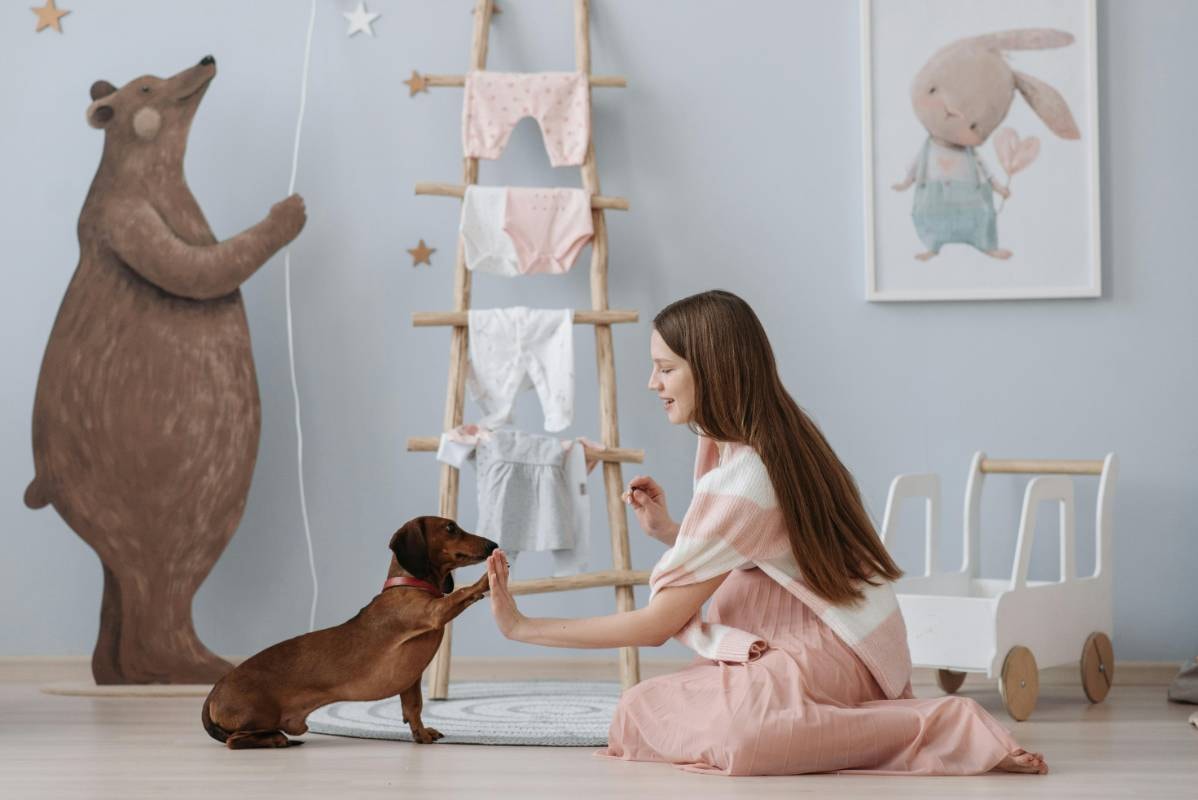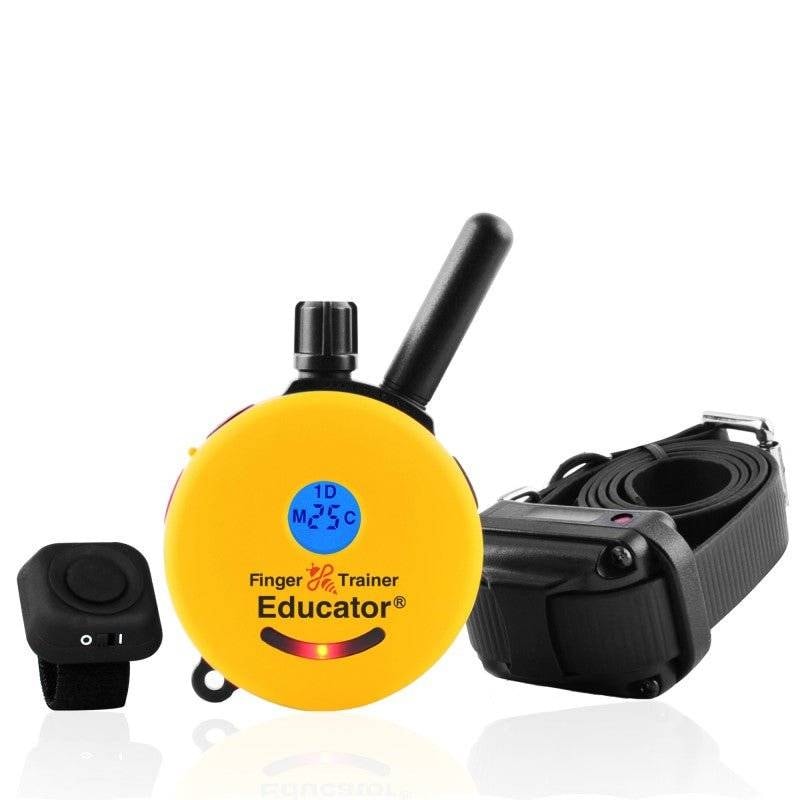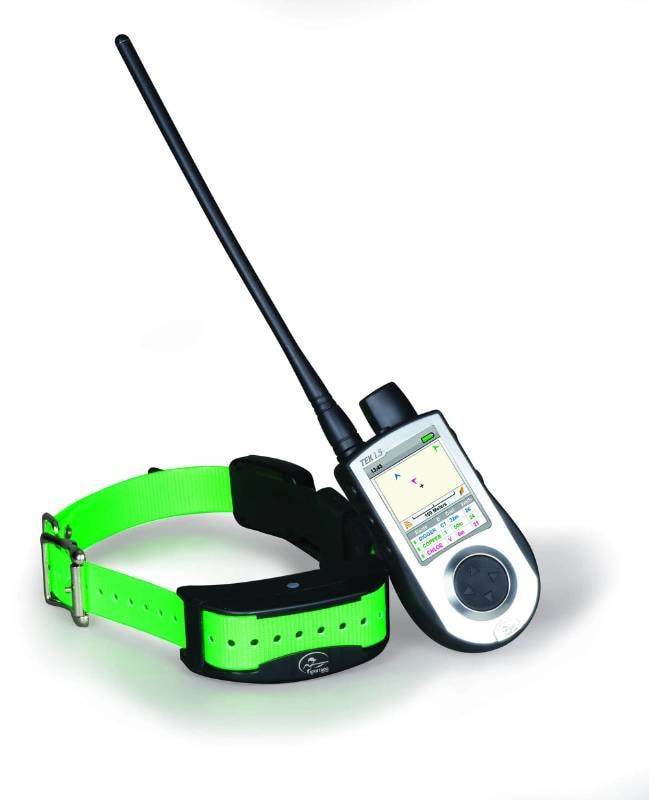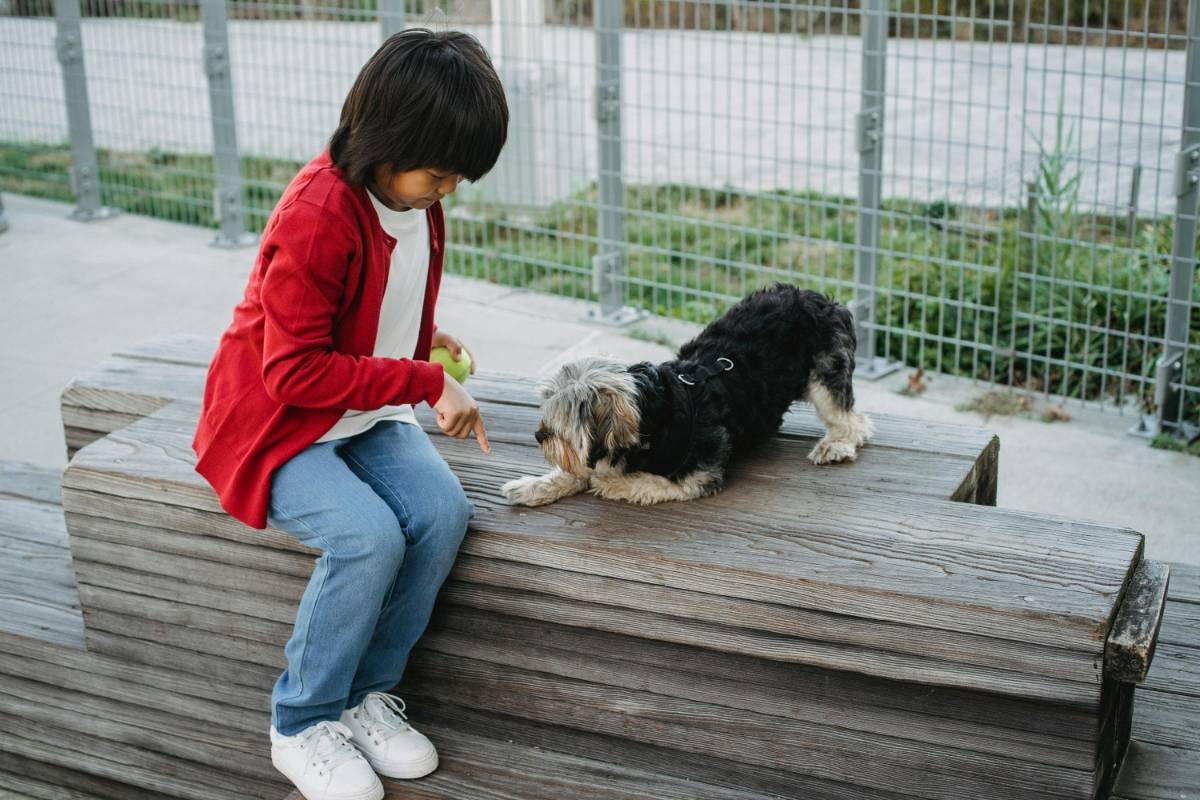737-215-3211

3 Proven Techniques with Dog Training Collars for Small Dogs
So, you’ve got a small dog with a big personality. Maybe a bit too big, at times. Training that little bundle of energy can be a challenge, right?
And when it comes to using dog training collars, the questions start piling up. Are they effective for small breeds? More importantly, are they safe?
It’s normal to have concerns. After all, your dog is more than just a pet—they’re family. The idea of using a small dog training collar that emits a sound, vibration, or even a mild static pulse can feel like a big step. But when used correctly, small dog shock collars can be helpful.
To make sure your dog training collar works for your small pups, you'll need to learn the right techniques.

In this article, we'll talk about three proven, effective, and gentle techniques. We’ll walk through each method, showing you how to use them in a way that’s safe and tailored specifically for your small dogs.
Understanding the basics of dog training collars
Dog training collars come in a few main types: static, vibration, and ultrasonic. Each one works differently and has its pros and cons.
-
Static collars, also known as e-collars, deliver a mild static pulse. Think of it like the sensation you get from touching a doorknob after walking across a carpet. It’s not painful, but it grabs attention.
-
Vibration dog training collars deliver a gentle vibration. This is often a great choice for small dogs, as it’s less intense but still effective in getting their attention.
-
Ultrasonic collars emit a high-pitched sound that humans can’t hear, but dogs find annoying. It’s like a mosquito buzzing right next to their ear. These bark collars have different sound modes, start with the lowest setting.
Choosing the right e-collars, like the Garmin Delta SE Dog Remote Trainer Bundle, is crucial, especially for small dogs. Their size and temperament play a big role in what will work best.
An e-collar might be too much for a tiny, sensitive dog, while a vibration or ultrasonic collar could be just right. It’s all about finding a balance for your smaller dogs—something that catches their attention without causing stress.
Now, let’s clear up some common misconceptions.
Dog training collars, when used properly, are safe. They’re not tools of punishment but rather a way to communicate with your dog. The key is to use them responsibly and always start with the lowest setting to see how your dog responds.
Remember, the goal is to guide, not to scare.
Technique #1: Gentle vibration for positive reinforcement
When training small dogs, gentle vibration collars can be helpful.

Dogs are highly sensitive to vibrations, making this method effective and humane. Unlike static correction, which can be a bit too much for smaller breeds, vibration offers a milder way to grab your dog’s attention without causing discomfort. It’s like tapping them on the shoulder, saying, “Hey, focus!”
Vibration is often the go-to for small dogs for a few reasons.
Smaller size means they’re more sensitive to stimuli. A strong static pulse might be too intense. While a gentle vibration is just enough to interrupt unwanted behavior without stressing them out.
So, how do you introduce your dog to this gentle tool? Here’s a simple, step-by-step guide:
-
Start Slow: Begin by familiarizing your dog with the small dog training collar itself. Let them wear the remote trainer for short periods without using the vibration feature. This helps them get comfortable with the sensation of wearing something new.
-
Initial Test: When you’re ready to start, use the lowest vibration setting. Press the button while your dog is calm and distracted by something neutral, like a toy. Observe their reaction. If they seem startled but not scared, you’re on the right track.
-
Associate with Commands: Pair the vibration with a command your dog already knows, like “sit” or “stay.” Use the vibration just before you give the command, then reward your dog immediately when they respond correctly. This helps them connect the vibration with positive reinforcement.
-
Gradual Progression: Over time, you can start using the vibration to correct unwanted behaviors, like excessive barking or jumping. The key is to remain consistent—use the vibration only when necessary and always follow it up with a reward for good behavior.
Timing is everything when it comes to using vibration effectively. The best time to use the vibration is right when the unwanted behavior begins.
However, it’s easy to misuse vibration if you’re not careful.
Technique #2: Pairing sound cues with training commands
Small dogs often have a heightened sensitivity to sound. By pairing sound cues with commands, you can create a strong behavioral link that helps your dog understand what you’re asking them to do, without overwhelming them.

So, how do you set up the sound cue feature on your dog training collar? Here’s a step-by-step guide:
-
Start Simple: Choose a sound that’s distinct and easy for your dog to recognize. Most dog training collars come with built-in options, like beeps or clicks. Pick one and stick with it—consistency is key.
-
Introduce the Sound: The first step is getting your dog used to the sound without any commands attached. Press the sound button while your dog is calm and not distracted. Let them hear it a few times, but don’t give any commands or treats yet. The goal is just to familiarize them with the noise.
-
Pair the Sound with a Command: Once your dog is comfortable with the sound, it’s time to pair it with a command they already know, like “sit” or “come.” Press the sound cue before you give the command, then reward your dog when they follow through. Over time, your dog will associate the sound with the action you want them to take.
-
Reinforce with Rewards: Positive reinforcement is crucial here. Every time your dog responds correctly to the sound cue and command, offer a treat or praise. This reinforces the connection between the sound, the command, and the reward, making it more likely that your dog will repeat the behavior in the future.
Introducing sound cues gradually is important to avoid overwhelming your dog. Start with short training sessions, just a few minutes at a time, and gradually increase the length as your dog gets more comfortable.
Consistency is the secret sauce of sound cue training. Use the same sound for specific commands every time. This repetition helps solidify the link between the cue and the desired behavior.
Finally, practical reinforcement is what makes sound cue training work. When your dog responds to a sound cue, follow up with immediate praise or a treat like Omega Fields Smart Hearts Dog Treats. This teaches your dog that good things happen when they listen to the sound cue.
Technique #3: Short, consistent sessions with static correction

Static correction can be an effective tool for training small dogs but requires careful, thoughtful use. The key is to use it sparingly and only when necessary.
Short, consistent training sessions are vital when using static correction. Too long or too frequent, and you risk overwhelming your dog, which can lead to anxiety or confusion. Instead, keep sessions brief—just a few minutes at a time—and focus on reinforcing one behavior at a time. This way, your dog has time to process and learn without feeling stressed.
When you’re ready to introduce static correction, always start with the lowest possible setting. Every dog reacts differently, so observe how your dog responds.
Press the button once during a calm moment, and watch your dog’s reaction. If they seem startled but not scared, you’re on the right track. If they appear frightened, it’s a sign that the setting might be too high or that this technique might not be the best fit for your dog.
Positive reinforcement is your best friend here. After using static correction, immediately follow up with praise or a treat when your dog responds correctly. This helps your dog understand that good behavior is rewarded, even if the static correction was what initially caught their attention. The goal is to guide your dog toward the desired behavior, not to punish them.
Monitoring your dog’s behavior is essential. If you notice signs of stress, like excessive panting, whining, or avoidance, it’s time to take a step back. Adjust the intensity or frequency of the correction, or consider switching to a different training method if needed.

Tailor techniques to your dog’s personality
No two dogs are exactly alike, and that’s what makes training both challenging and rewarding. When it comes to using dog training collars, it’s crucial to tailor your approach to fit your dog’s unique personality and behavior. What works for one small dog might not be effective—or even suitable—for another.
Patience and consistency are your best allies in this process. Training takes time, and every dog learns at their own pace. Progress might be gradual, and that’s okay.
The key is to maintain a steady routine and not get discouraged if things don’t click right away.
It’s also essential to keep the training environment positive and supportive. Your dog will pick up on your mood and energy, so staying calm and encouraging is important. Make training sessions fun and engaging by incorporating playtime or rewarding your dog with their favorite treat or toy like Petique Opal the Octopus Dog Toy.
Visit our blogs for more dog training tips and tricks.
Puppy Fever Pro also offers various dog products and supplies your small puppy will need.


Leave a comment